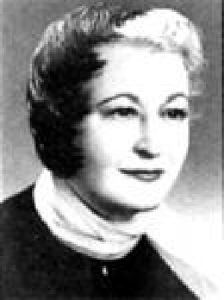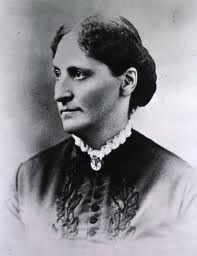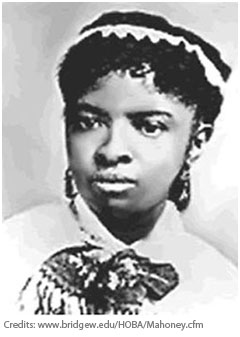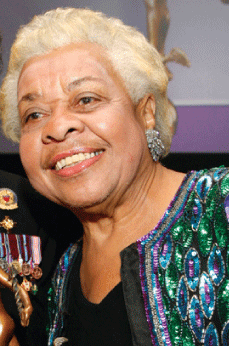Inspiration for Activism!
- Established and directed the Loeb Center for Nursing and Rehabilitation at Montefiore Hospital in Bronx, New York, from 1963 to 1969.

- Her “Core, Cure, Care” nursing theory identifies the nurse-to-patient relationship as central to healing for those who are chronically ill (see more detail here).
- Consistent with her philosophy that nurses were key to healing for people with chronic illness, Loeb was run by nurses, had an all RN staff; medicine served only as an ancillary service.
- Her nursing-centered care model reduced rehabilitation time and length of stay by up to one-half to one-third.
More information here and here and here.
 before
before  hospital’s training program for professional nurses, becoming the first African-American licensed nurse in 1879.
hospital’s training program for professional nurses, becoming the first African-American licensed nurse in 1879. Lavinia L. Dock prize for high scholastic standing.
Lavinia L. Dock prize for high scholastic standing.